1) Tell us a bit about yourself
I am an elementary teacher and have been teaching for 12 years now. I’ve had the honor and privilege of working with diverse students, each bringing their viewpoints and goals to the classroom. Prior to beginning my teaching career, I worked as a student advisor at the University of Calgary at the Faculty of Social Work. I am passionate about improving the lives of my students and beyond. Education plays a transformational role in shaping future generations. As such, I constantly integrate environmental awareness into my teaching methods and hope my students will become responsible global citizens who actively contribute to preserving our planet. One of the most pressing issues of our time is climate change, and I believe that it is crucial for our young learners to be aware of the challenges that our planet faces. With this in mind, my grade 3 students and I embarked on a journey to research and understand the complexities of climate change. The result of our collective efforts is a book titled, “Let Us Save Our Planet Earth.”
2) How did CEAP change your perspective on plastic elimination?
CEAP helped to dive deeper into the awareness of the amount of plastic being used in our day-to-day lives. It also allowed me to understand the process of the circular economy. It was very educational to see the amazing sustainable system that reduces waste and encourages the reuse and recycling of materials.
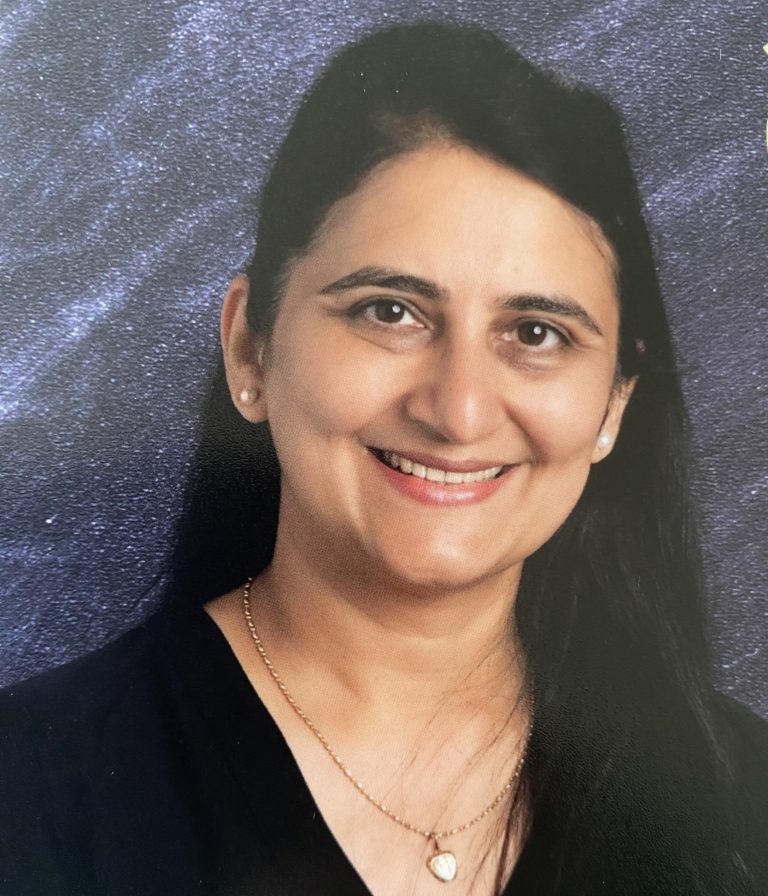
3) What role do you think education plays in a more sustainable future? How does CEAP help with this?/Change the approach to plastic elimination?
Education is the fundamental pillar and a driving force to bring a more sustainable future. Education nurtures the values of stewardship and empowers students to become people who can make a difference. CEAP gave me the opportunity to provide this hands-on experience to students. My students were super excited to clean up plastic waste and fully geared up for the task with the T-shirt and gloves provided by Mind Your Plastic. After collecting the plastic, I saw that my students were shocked at the amount of plastic we had been using. Seeing the amount of plastic we have been discarding without a second thought was a real eye-opener for them. This program gave them the real picture and tangible understanding of the issue. CEAP acted as a bridge between knowledge and action.
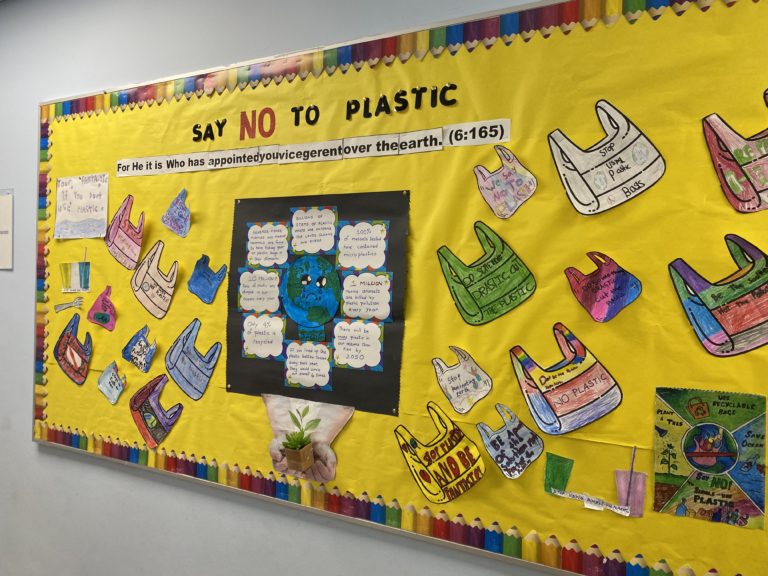

4) What, if any, change did you see in your students after participating in CEAP?
We had around 80 students who had participated in this program. After the program, students became more mindful and observant about their surroundings. If they saw any plastic on the ground, they would immediately dispose of it in the appropriate bin. They developed a sense of responsibility towards the environment and took their learnings beyond the classroom. Students started to teach their parents about plastic’s harmful effects and insisted on making sustainable choices. If a student were to eat with a plastic spoon or a fork, other students would remind them to use a reusable spoon. Students have become more mindful and conscious of the use of plastic.
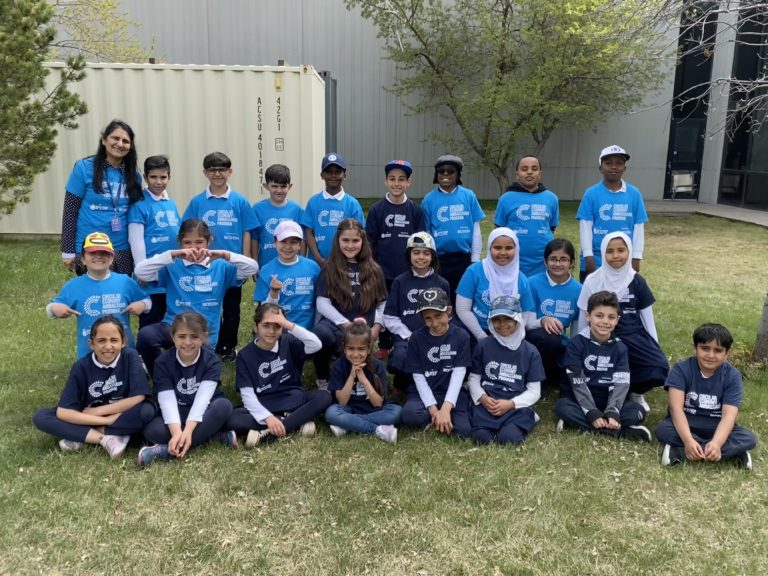

5) In your opinion, What is most impactful about the CEAP program?
The CEAP program is hands-on and brings visible and tangible understanding to the students. It encourages the students to apply their knowledge in their day-to-day scenarios. The knowledge of reusing and recycling materials helps students be more eco-friendly.
6) Do you think perspectives on plastic elimination/plastic elimination strategies need to change?
Absolutely. It is essential that people understand the gravity of this issue and so we need to bring more awareness to the number of years it takes for plastic to decompose. Part of the problem is ignorance. Just as we have captions of warnings on cigarettes, which say the harmful effects, we need to have captions and labels for the harmful effects of plastic. We need constant reminders to promote a more conscious approach. The more holistically we bring awareness, the more we will be able to address this issue.
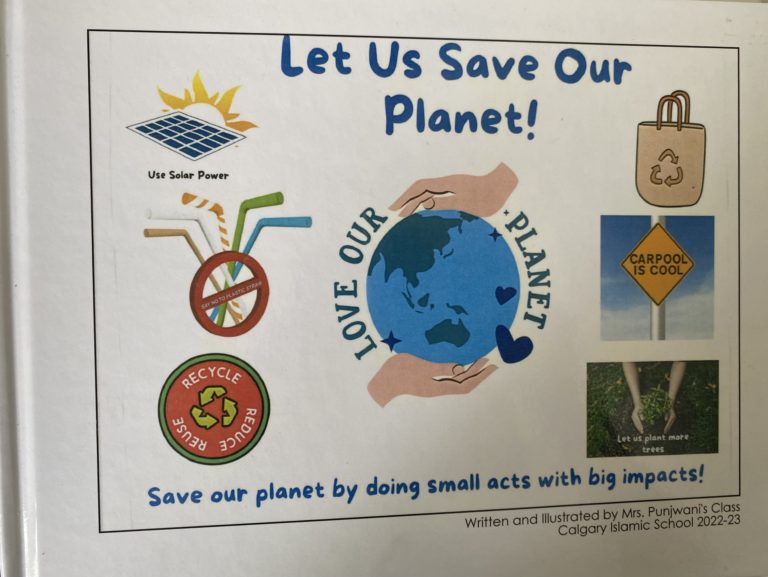

7) Do you have any recommendations for people wanting to make a difference in their community and/or school?
It is imperative to have the impact of plastic on our environment a part of our curriculum. We need more science projects for students where we empower them to make a difference. The more hands-on experience students will have, the more it will foster their passion for environmental stewardship and equip them with practical skills for the future. We also need school-wide policies encouraging everyone to make sustainable choices. Becoming stewards of our planet should be one of the central and core values of our education.
8) What does a world with more programs like Mind Your Plastic’s look like to you?
We also need programs where students can become more creative in finding solutions to become more sustainable. We need programs that empower our students to become leaders, instill a sense of responsibility and inspire innovative ideas to combat climate change. Planting trees, the need for honey bees, the use of solar energy, etc., are some areas we need more programs on. Programs like CEAP are instrumental in creating a sustainable future.
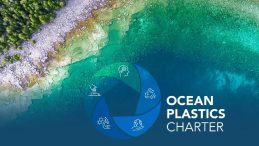
One Response
Heyyy Rozina, Keep Rocking ….